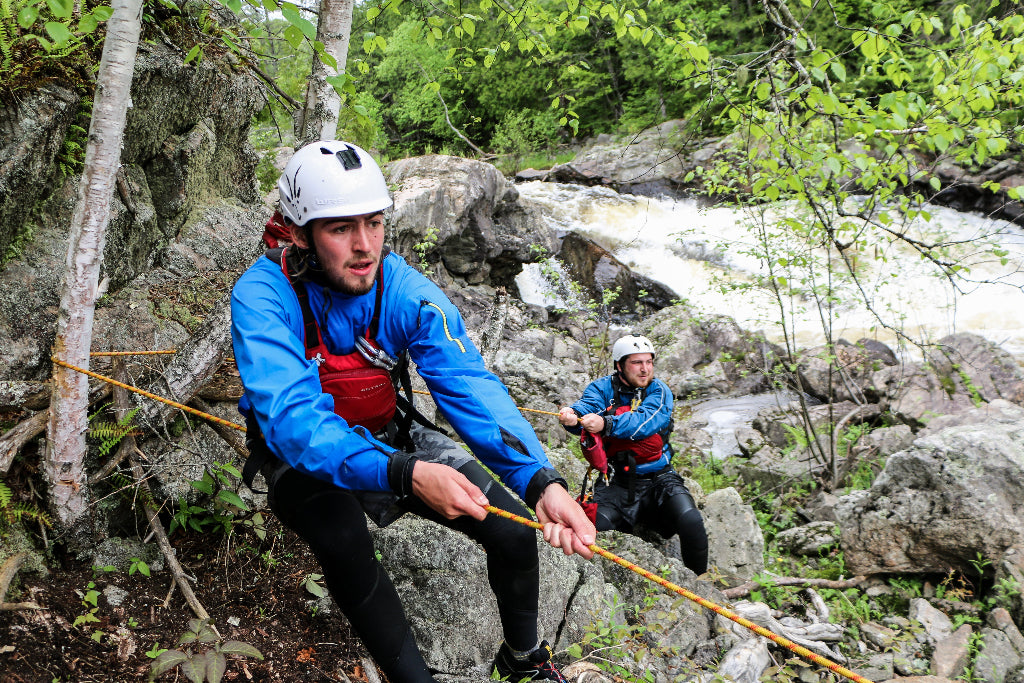If you do anything around whitewater—if you can carry a strand of webbing and a locking carabiner with you on your body—you'll have two very 'multi-use' pieces of gear on hand when you need them.
But...anytime you carry gear on you, you put yourself at risk of entrapment, if you're not careful and thoughtful about how you wear these items.
In this video, swiftwater rescue instructor Julian Tisato gives us the low down on how to carry this equipment so that you can get all the benefits—but limit the risks.
A common way to carry a strand of 1" tubular webbing and a locking carabiner (aka a 'flip line') is around your waist.
This is a great place to put your line because it doesn’t get in the way but is easy to access when you need it.
In this video you learn two different ways to store the flip line around your waist. If you don’t want to store the flip line around your waist, another option is to fit it into your life jacket or under your dry top.
Important tips for carrying your flip line:
If you're carrying a flip line around your waist, it's important to keep it tight to your body. This is to reduce the risk of having it catch on to a tree or rock or another piece of gear in the river—and entrapping you underwater.
One method is to spin and twist the webbing so that it sits more snug around your waist.
We recommend that for whitewater you should only carry locking carabiners. Whether it's a 'screw gate' or 'auto-locker', a lock will reduce the chance of the gate coming open and clipping to something you don’t want to be stuck to.
Another reason for a locking gate: if you use your carabiner in a situation where you'll be putting a lot of force on it (such as a mechanical advantage system)—it's much less strong if the gate comes open—and it could fail and break more easily.





